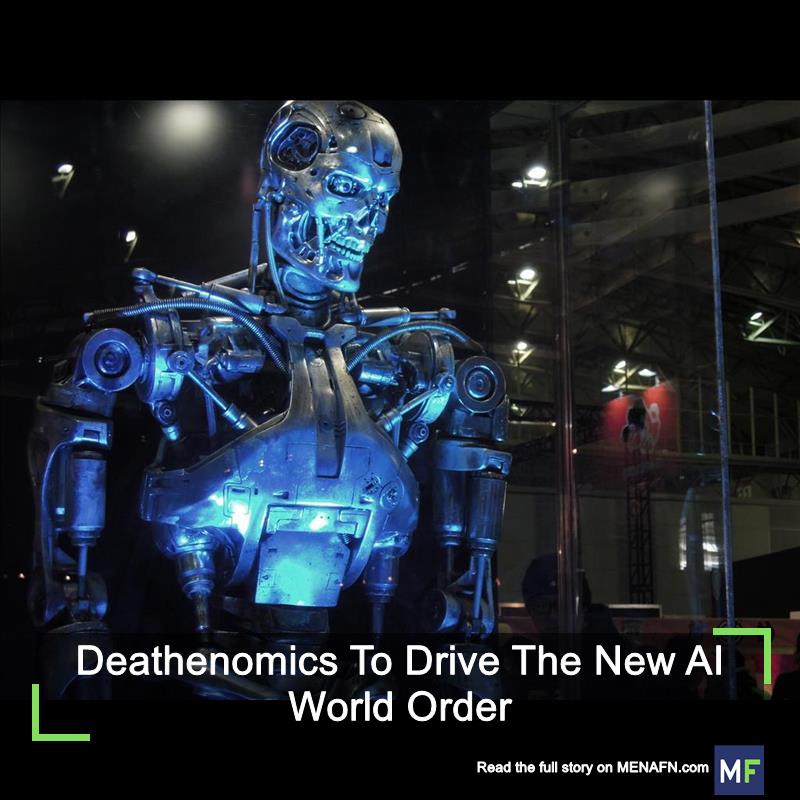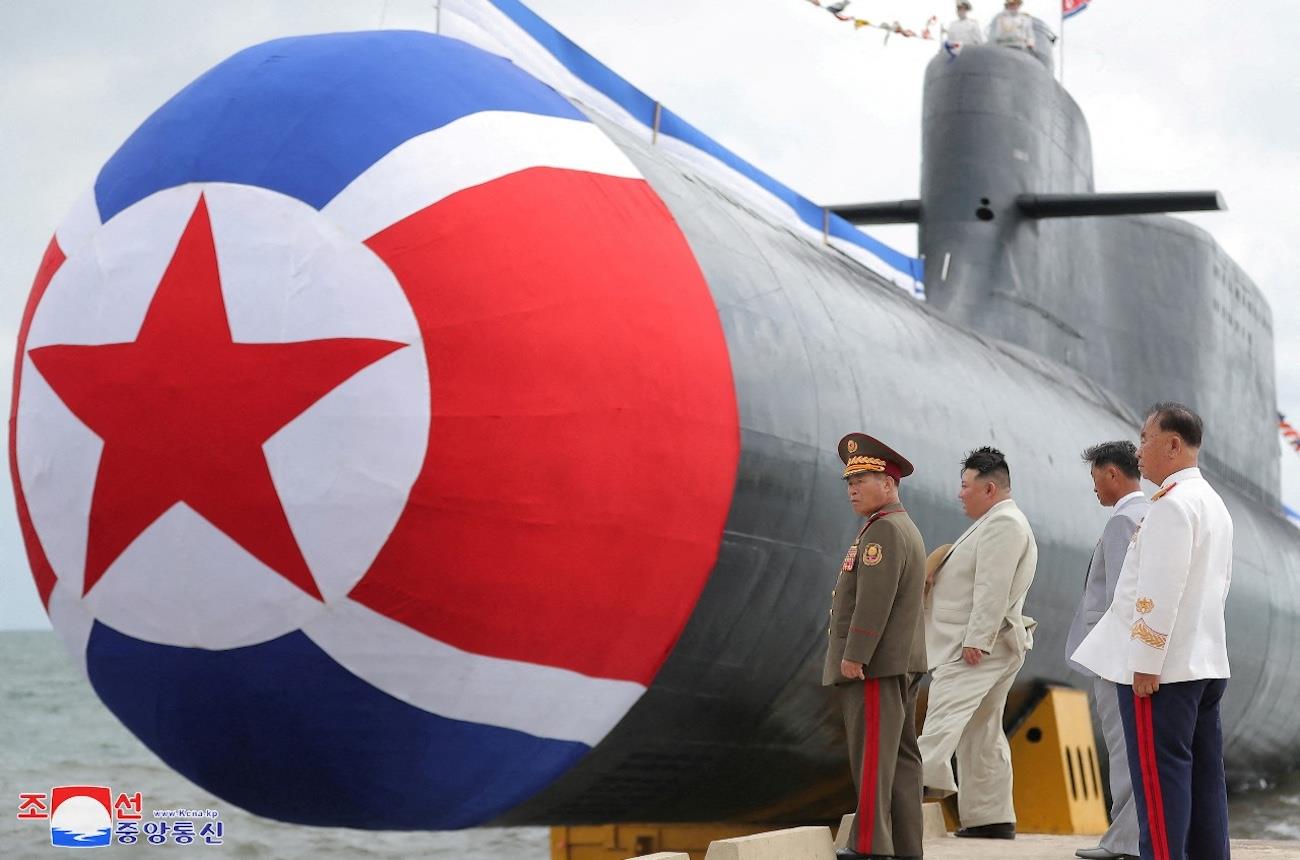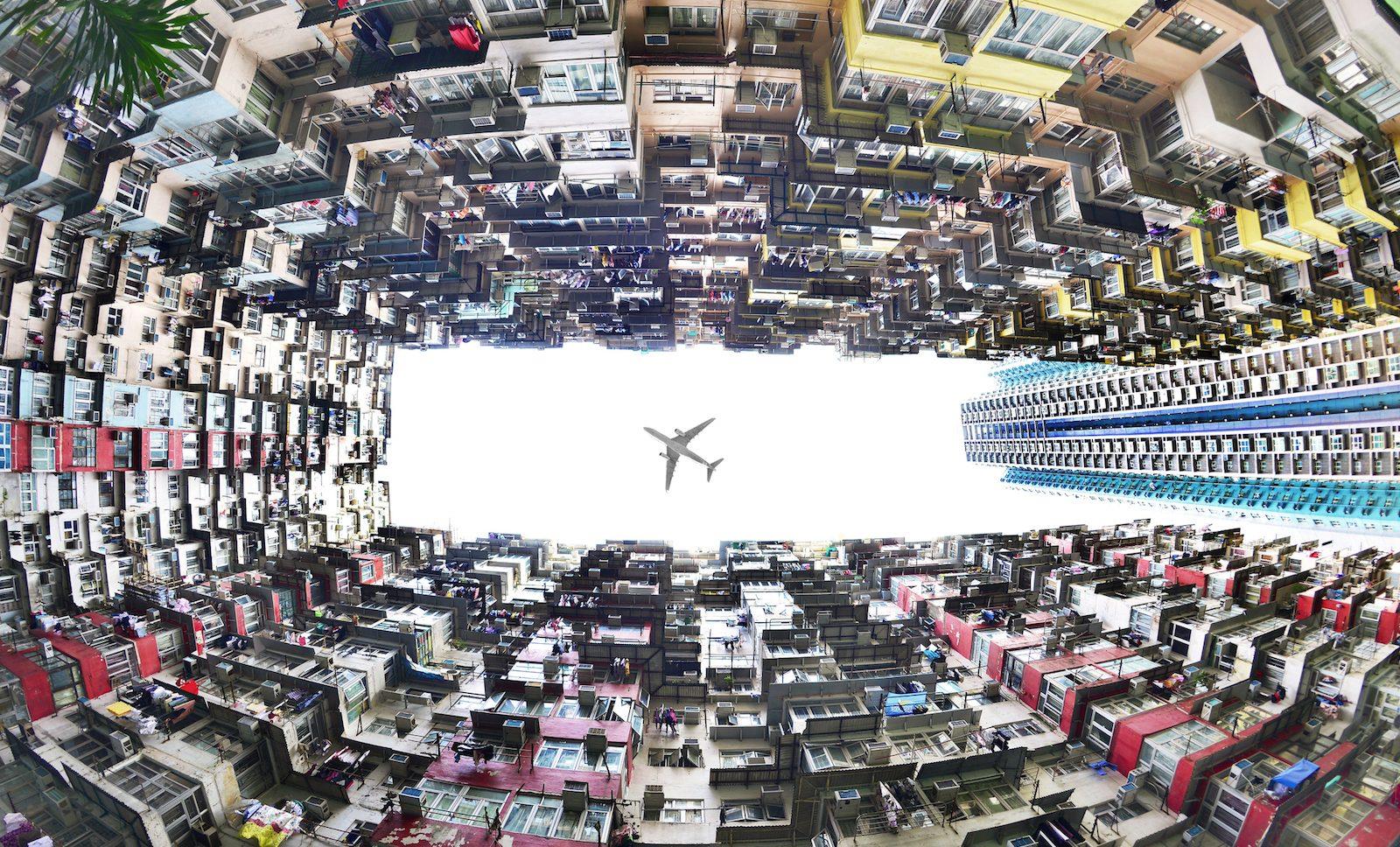
Deathenomics To Drive The New AI World Order
What the role of geoeconomics, and also automation, signals now is the complete triumph of“total mobilization.” That is, that scarcity and economic wealth become the de facto drivers of foreign and domestic policy. The culmination of this realization is the triumph of Donald Trump's“realpolitik.”
The 19th-century liberal view of“non-zero-sum”“quid pro quo” was the Adam Smith idea that the benefits of trade led to economic and political advantages for all concerned.
However, the increasing mobilization of resources (both natural and human) led to the idea, put forward by Hirschmann in 1945 [1] , of the“zero-sum” concept of winners and losers.
The trajectory of events of WW2 made liberal free trade rhetoric obsolete. The prevailing tendency was what economists call“mercantilism.”
This was the idea that increases in wealth mean greater power – to the detriment of the other. Therefore, geopolitics and geoeconomics became intertwined.
The emphasis in mercantilism is the feature of one or two“hegemonic” powers. Therefore, in the 20th century this was assured for the US through the suspension of the Bretton Woods agreement in 1972. The abolition of the convertibility of gold to dollars set in motion a new hegemony for the US.
The world had changed for a few dollars more. The fiat currency of the dollar had replaced gold. Hegemony is policed through, for example, global payment systems, sanctions, etc. Mercantilism is back in vogue. We can see it in Donald Trump's protectionism and China's soft loans creating Chinese dependency in Asia.
The implementation of geoeconomics, and the need to establish hegemony leads to inevitable conflict. This is endemic to the“third revolution”, that of technology. The Industrial Revolution began the process of mobilization of the standing reserve of the earth's resources, that of raw materials and labor.
The move towards automation and AI, however, means that labor as the predominant factor in capital creation will be overtaken by technology and automation.
This will heap pressure on the rate of return on capital and profits. Now, the post-war settlement with labor led to trade unions, the welfare state, etc. This was a negative“zero-sum” outcome for capital.

Legal Disclaimer:
MENAFN provides the
information “as is” without warranty of any kind. We do not accept
any responsibility or liability for the accuracy, content, images,
videos, licenses, completeness, legality, or reliability of the information
contained in this article. If you have any complaints or copyright
issues related to this article, kindly contact the provider above.






















Comments
No comment